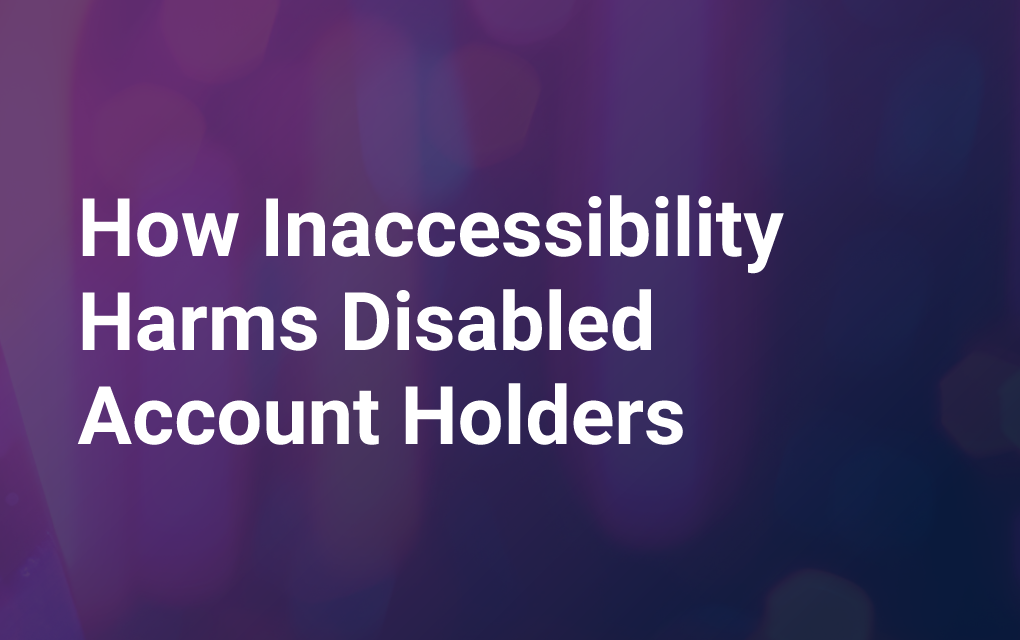Kiss Your Debit Interchange Goodbye
“It is always important to know when something has reached its end. Closing circles, shutting doors, finishing chapters, it doesn’t matter what we call it; what matters is to leave in the past those moments in life that are over.”
– Brazilian novelist Paulo Coelho
Section 1075 of the Dodd–Frank Wall Street Reform and Consumer Protection Act of 2010, a.k.a., the “Durbin amendment,” required the Federal Reserve to set limits on debit interchange fees that “shall be reasonable and proportional to the cost incurred by the issuer with respect to the transaction.” The Fed responded with its final rule setting the maximum interchange fee for debit transactions at 21 cents per transaction, plus 0.05% of the transaction value, with an upward adjustment of one cent allowable in some cases to account for fraud prevention.
The good news for many community financial institutions: Card-issuers with less than $10 billion in assets (i.e., most credit unions and many community banks) were deemed exempt from the rule. It’s worth noting here that, according to the Fed, debit cards currently account for about one third of all payments in the US, and that number is rising. In other words, for the past 10+ years, community FIs have enjoyed increasingly good revenue from debit interchange.
What percentage of your FI’s revenue comes from debit interchange? No matter what your specific answer, it’s probably a substantial number. So what would happen if that revenue went away? That’s a question you need to start considering now, because five years or so from now, your debit interchange may, in fact, be gone.
How can that be so? Your accountholders love their debit cards, don’t they? You’ve seen your FI’s own reports, so you know this is true. And that revenue is somewhat protected by the Durbin Amendment. What could possibly go wrong?
To answer that question, we need to step back from debit cards and look at money movement as a whole. After all, that what a debit card is – a way to move money from someone’s checking account to, for example, a merchant. In other words, at a macro level, people aren’t married to their debit cards; they’re married to the most convenient way to pay for their groceries. At this moment in time, that just happens to be the debit card.
Now look at the fintech boom. Fintechs are all about finding better ways to manage and especially move money. What do we mean by better? Basically, we mean faster and cheaper. The ideal money movement mechanism is one that’s instantaneous, free and requires the fewest number of hops between the payor and the payee. We’re not there yet and chances are, we never will be. After all, if it’s free, nobody makes any money and the whole thing falls apart.
Here’s another buzzword to think about: disruption. All fintechs have this in common. They’re out to be disruptors. They want to turn the financial services industry on its ear and quite literally give the legacy players a run for their money.
So how long do you think it will be before some fintech comes up with a fast, cheap point-of-sale payment system that doesn’t require Visa or MasterCard rails? RTP and FedNow are already taking shape, so the rails are there. What’s missing right now is the frontend. However, it’s very clearly only a matter of time before somebody cracks this nut. What then?
When your debit interchange goes away, it won’t be the end of the world – as long as you start planning for that inevitability now. On the other hand, if you decide to wait it out to see what happens, the result may be disastrous. Just don’t say we didn’t warn you.




